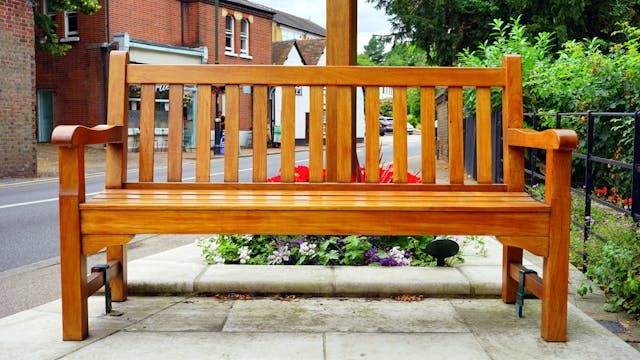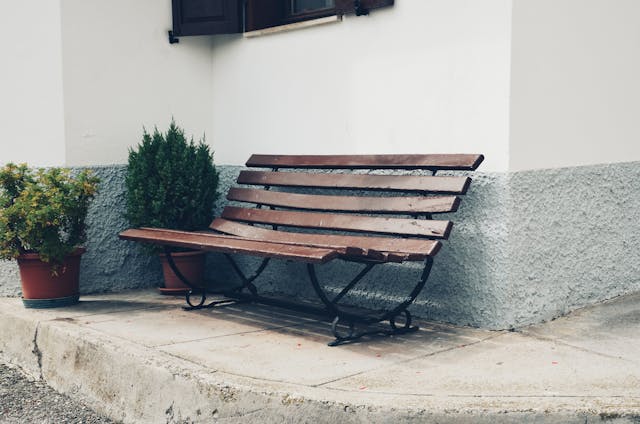Cities are progressively using sustainable design as a necessary element of their growth in the fast-paced metropolitan scene of today. The need for environmentally friendly solutions has never been more urgent given growing worries about environmental damage and climate change. The inclusion of sustainable street furniture into our public areas is one fascinating feature of this movement.
Imagine strolling across Melbourne’s streets and coming upon solar-powered lights or recycled material seats lighting your route. These components not only improve the look of our city but also are rather important in supporting sustainability. Investing in careful designs that give environmental effect first priority along with utility can help to produce lively metropolitan settings that appeal to all.
As we investigate this subject, let’s consider how environmentally friendly street furniture defines our cities and helps to create a better future right here in Melbourne.
Advantages of using environmentally friendly street furniture
The move towards environmentally friendly Street furniture Melbourne offers a lot of advantages that appeal to the surroundings as well as the society. First of all, by using recycled materials and cutting resource use, these sustainable solutions lower waste. This helps to slow down climate change and reduces carbon footprints.
Furthermore improving urban attractiveness is environmentally friendly street furniture. Well crafted benches, tables, and bike racks not only provide utility but also enhance metropolitan scenes. They inspire resident social contact as well as outdoor involvement.
Using sustainable materials guarantees lifetime in these projects as well. Superior items resist wear and tear better than conventional choices, which reduces over time replacement demand. Local governments save money from this longevity.
Another important benefit is health-related; greener designs sometimes include components like plant integration or natural shading devices which improve air quality and offer comfort in public areas.
Choosing environmentally friendly street furniture shows that a city supports sustainability. It raises awareness of environmental problems and motivates people to start more conscientious actions in their local areas. Cities like Melbourne may set an example in the road towards a better future by choosing public facilities with conscience.

The Part Eco-Friendly Street Furniture Plays in Advancing Sustainability
Shapes of sustainable urban environments are largely influenced by environmentally friendly street furniture. Like benches and trash cans, these components are built considering the surroundings. Often using ethically produced wood or recycled components, they reduce their carbon footprint.
Including green designs helps communities to embrace sustainability. Seeing eco-friendly decisions in their surroundings helps residents become more mindful and motivates them to follow more ecologically friendly behavior.
Moreover, by combining aesthetics with utility, these works improve public spaces. Well-made furniture can inspire individuals to spend time outside and to socialize.
Including vegetation into street furniture—such as living walls or planters—increases urban biodiversity as well. By giving habitat for wildlife, this not only enhances the city but also helps nearby ecosystems.
One concrete reminder of our shared responsibility toward a better future is eco-friendly street furniture.

Melbourne examples of sustainable street furniture
Innovative ecological street furniture finds a canvas in Melbourne. One particularly noteworthy example is the “Eco-Seat,” made from recycled materials, which advances environmental consciousness as well as durability. These chairs offer comfort as well as a sustainable narrative.
The solar-powered bus shelters dotted across the city are another striking display. They maximize safety by using sunlight to run lighting systems, therefore reducing energy use.
Additionally reflecting environmentally friendly design ideas are the city’s bike racks. Made from recycled steel, they encourage Melbourne’s cycling scene and help to lower landfills’ trash load.
Green walls incorporated into seating sections provide still another degree of environmental sustainability. These living projects enhance urban environments’ air quality and support biodiversity directly there.
Such projects show how careful planning may turn metropolitan areas into more sustainable worlds. Every component promotes environmental responsibility and community connection in addition to utility.












Leave a comment